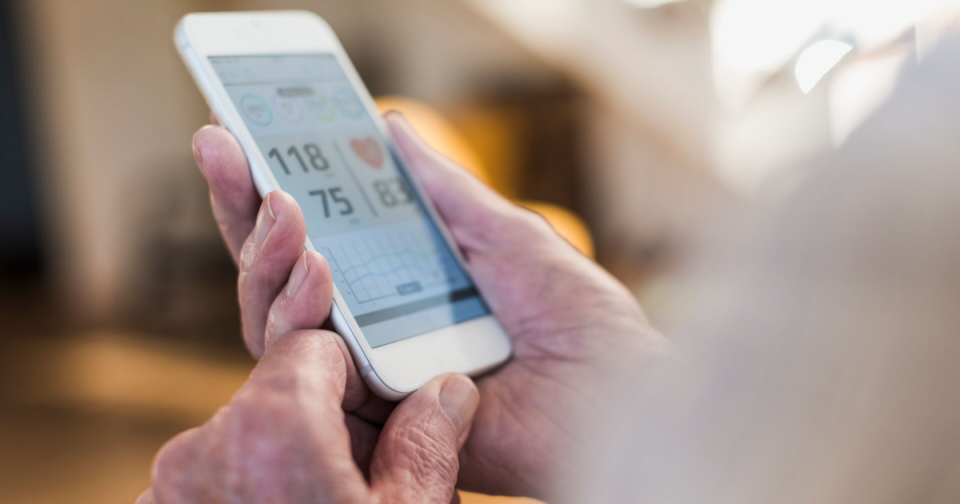Remote patient monitoring is a way of monitoring patients outside of the traditional clinical setting. It may reduce healthcare delivery costs and increase access to care. Its advantages include the ability to monitor patients in their homes or remote locations. It is becoming increasingly common as health care costs continue to rise. However, this technology has many questions that need to be answered before it can be considered a viable option.
Is it a subcategory of homecare telehealth?
Homecare telehealth technologies include remote patient monitoring, which enables health care providers to monitor a patient’s condition from afar. Remote monitoring devices collect patient-generated health data, including vital signs, weight, blood pressure, and heart rate, and send the results to a physician’s office. These devices can be installed on a patient’s computer or smartphone.
The telehealth services may be paid for through private payers or out-of-pocket by the patient. For those who qualify for Medicare, telehealth services may be used to augment home visits. Medicare’s prospective payment model may use telehealth to supplement home visits for 30-60 days after discharge from the hospital. Once the Medicare coverage period expires, homecare telehealth services may be offered to clients as private duty services.
The benefits of remote patient monitoring include lower readmission rates. Moreover, patients don’t have to travel back and forth to hospital facilities, thus reducing stress. Aside from saving travel time and money, remote patient monitoring is also helpful for patients who cannot travel. However, it is important for patients to understand how to use the remote monitoring device.
Is it a medical device?
Remote patient monitoring is a way to monitor a patient’s health remotely. The data it produces is crucial to health care providers, so they must select a device that they can trust. A quality control process should be in place before a remote monitoring device is approved for use by a health provider. This may be done by a medical equipment provider or a home health agency. Patients should also be informed about the benefits of the program and why they should keep using it.
Remote patient monitoring devices may have some advantages over in-person monitoring. Remote devices may provide patients with the same information that their physicians and nurses would receive if they were in the same room. Some remote patient monitoring devices may allow for monitoring of a patient’s heart without a visit to the doctor’s office. This technology can also allow providers to see how a patient is responding to medications. These devices may be covered under Medicare and may not require a home visit. However, patients must be aware that their health insurance plans may have their own policies. The Centers for Medicare and Medicaid Services (CMS) has more information on remote patient monitoring and its reimbursement policies.
Some remote patient monitoring service providers offer lease options that can help minimize the upfront costs. These options are typically more cost-effective than purchasing individual devices. Leasing allows physicians to reduce upfront costs while ensuring greater consistency and fewer technical problems. On the other hand, some patients may find themselves overwhelmed by the amount of information required, the need to learn how to use the remote monitoring device, and the cost. Some health care systems had to adopt remote patient monitoring after the coronavirus pandemic, but many third-party payers were not covering the devices or required preauthorization work.
Some remote patient monitoring devices can also help doctors track a patient’s blood pressure and other health data from a remote location. The data from the device can help healthcare providers develop a better healthcare plan and identify situations that may cause blood pressure levels to rise. They also help healthcare providers diagnose a patient’s condition earlier.
The growth of remote patient monitoring devices is projected to be 12.5% a year for the next decade. The growing aging population, rising costs of in-patient care, and COVID-19 will all drive demand for this type of technology. Hospitals are increasingly utilizing this technology to track patients’ vital signs at a distance.
Remote patient monitoring can also help patients understand the impact of their lifestyles on their health. It can encourage patients to adopt healthier lifestyles, which can lead to healthier outcomes and fewer costly conditions. Remote patient monitoring can be paired with telehealth services and is particularly useful for patients who can’t travel to see their doctor. Remote monitoring is a powerful tool for health care providers, but it is essential that patients know how it works.
Is it a form of population health management?
Remote patient monitoring can help providers identify patterns in patient data and prevent problems such as high blood pressure or low blood sugar. It also provides clinicians with alerts when patients are outside of their normal range. This type of population health management can save health systems millions of dollars every year by identifying high-risk patients and preventing preventable emergencies.
Remote patient monitoring can prevent a patient’s condition from worsening or even leading to a hospitalization. Its alerts can be categorized as low, medium, or high, depending on their severity. These alerts will alert clinicians of high-risk patients, which can help save a patient’s life. Remote patient monitoring can also help healthcare organizations stay within Medicare guidelines.
One of the most important advantages of remote patient monitoring is that it can help providers monitor patients even when they are not in the clinic. Health professionals can use the data to tailor care plans for their patients. The data can also be sent to monitoring centers in primary care settings, hospitals, intensive care units, and skilled nursing facilities. Currently, little over half of state Medicaid programs reimburse for remote patient monitoring, but there are several restrictions. The most common ones limit the use of remote patient monitoring to home health agencies and providers of care.


